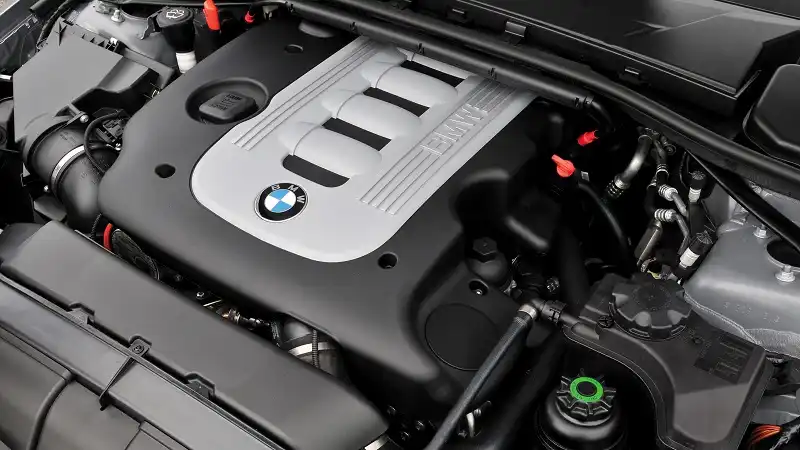Let’s jump into the world of BMW fault codes — ever heard of the 2E9F BMW code? Sounds like something out of a secret agent movie, right? Well, it’s more like your car’s way of saying, “Hey, something’s up with the oil condition sensor!”
The Oil Condition Sensor (OZS) is like a health monitor for your car’s oil. It checks if the oil is clean and adequate in lubricating the engine. When there’s an issue, it alerts you, ensuring your engine runs smoothly. The 2E9F BMW code signals a problem with this sensor, warning that the oil needs attention for the car to run smoothly.
This article is all about cracking the code — literally. We’ll chat about what this 2E9F BMW code means, why you should care, and what to do if your car starts speaking in these mysterious digits. It’s time to get cozy and learn why the 2E9F BMW code and your car’s oil sensor are like besties in the world of automotive health.
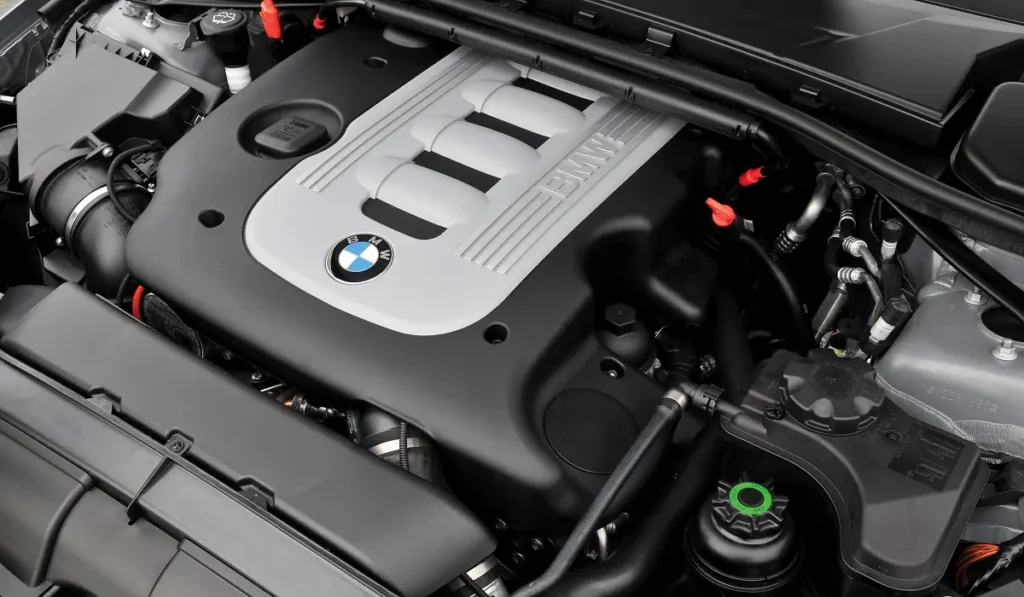
Brief Overview of BMW Diagnostic Codes
BMW diagnostics codes are quite different from the general OBD-II codes we are familiar with. BMW codes are more detailed and specific to the intricacies of BMW vehicles. OBD-II codes, on the other hand, provide a more generalized diagnostic approach that applies across various vehicle brands and models.
When interpreted precisely, these codes unfold detailed insights into specific issues, facilitating a streamlined approach to troubleshooting and maintenance that aligns seamlessly with the precision and sophistication synonymous with BMW engineering.
Introduction to the 2E9F BMW Code — Oil Condition Sensor Issues
In the world of BMW diagnostics, the 2E9F BMW code emerges as a critical beacon, signaling potential issues with the oil condition sensor. This code isn’t just a random assortment of letters and numbers; it’s a key that unlocks a deeper understanding of what keeps your BMW running smoothly. It points us toward the vital role of the oil condition sensor in preserving the engine’s health and optimizing performance.
BMW’s innovative approach to vehicle maintenance is epitomized by its use of Oil Condition Sensors (OZS) across a wide array of models, particularly those in its newer lineups. This sensor is the cornerstone of the Condition Based Service (CBS) system, which tailors maintenance schedules to the car’s actual use and condition, moving beyond traditional, time-based service intervals. You’re likely to encounter the OZS in several BMW series, including:
- 3 Series: Predominantly found in models from the E90 generation onwards, starting in 2005.
- 5 Series: A staple in the E60 generation from 2003 to 2010 and continued in subsequent models.
- 7 Series: Featured in models dating back to the early 2000s.
- X Series: Integral to BMW’s SUV lineup, including the X3, X5, and X6, especially in versions released in the mid-2000s and beyond.
- 1 Series and 2 Series: Expected in more recent models.
- 4 Series and 6 Series: Included in the newer iterations, reinforcing the CBS system.
This blog post is dedicated to diagnostics and maintenance surrounding the 2E9F BMW code, shedding light on the challenges and solutions related to the oil condition sensor in BMW vehicles. Join us as we peel back the layers, offering insights and guidance to navigate the complexities of BMW engine care.
Understanding the 2E9F BMW Code
The 2E9F BMW Code signifies potential issues with the oil condition sensor, a pivotal component in engine health. This alphanumeric identifier serves as a digital key, unlocking insights into the sensor’s performance. The oil condition sensor plays a crucial role in monitoring the quality of engine oil, influencing maintenance intervals and overall engine efficiency.
A thorough understanding of the 2E9F BMW code is essential, allowing for precise diagnostics and targeted solutions to ensure the continued well-being of the engine.
Impact on Engine Performance
The 2E9F BMW code indicates problems that can directly affect how the engine works. These issues vary from possible troubles with the oil to making the engine less efficient. It’s vital to grasp and fix oil condition sensor problems to keep your engine in good shape.
From potential lubrication problems to compromised efficiency — understanding and addressing oil condition sensor issues is fundamental for maintaining the overall health of the vehicle
Causes of 2E9F BMW Code
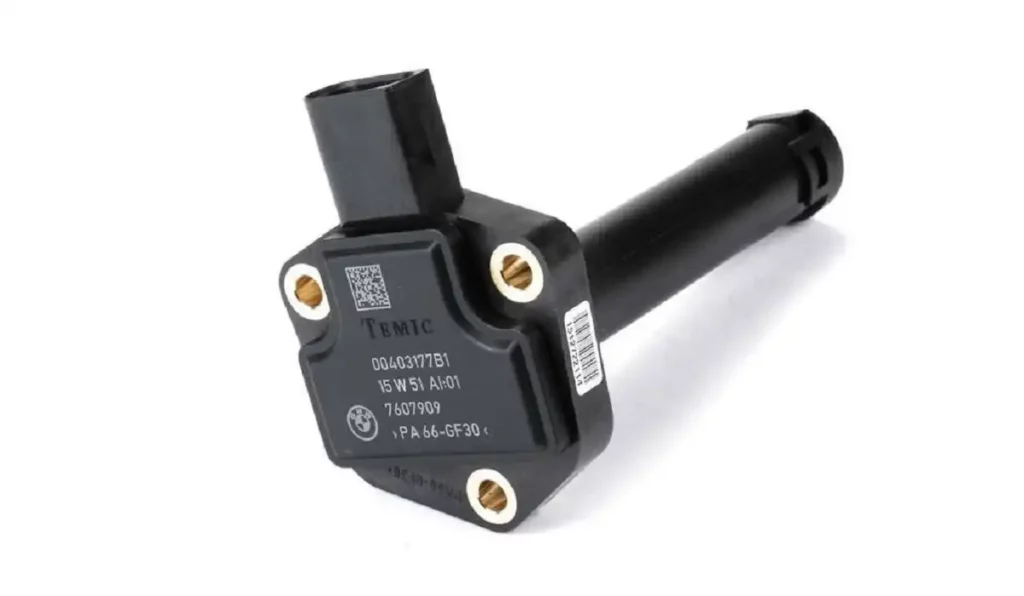
Exploring the roots of the 2E9F BMW code reveals key factors triggering this fault. Understanding these primary causes becomes a roadmap for swift diagnosis and efficient repairs, minimizing downtime. Going deep into these causes aids in pinpointing the exact component that needs attention, facilitating a quicker return to the road for your BMW.
Sensor Malfunction
The 2E9F BMW code may arise due to a malfunction in the oil condition sensor itself. Sensor failure can result from wear and tear or electronic issues, leading to inaccurate readings and triggering the diagnostic trouble code.
Wiring or Connection Issues
Faulty wiring or poor connections to the oil condition sensor can also contribute to activating the 2E9F BMW code. Sending accurate electrical signals is essential for a reliable oil quality assessment.
Oil Quality and Its Relevance in Activation of 2E9F BMW Code
The 2E9F BMW code frequently appears after an oil change using non-approved engine oil. This problem underlines the significance of oil quality. Engine oil, which is required for lubrication and heat dissipation, directly impacts engine health. The 2E9F BMW code is a reminder to prioritize high-quality oil to avoid potential problems that might compromise engine efficiency and performance.
Regular maintenance, including the use of high-quality oil, is essential for addressing error codes and preserving the long-term health and optimal operation of your vehicle.
Symptoms of Oil Condition Sensor Issues
Experiencing engine troubles? Look out for symptoms of oil condition sensor issues. When this vital component malfunctions, it can impact engine performance and overall vehicle health. Understanding these symptoms is key to timely diagnosis and maintenance, ensuring your engine runs smoothly. In this section, we have listed some of the common symptoms of oil condition sensor issues.
Warning Lights and Indicators
In most circumstances, your BMW’s dashboard will have no warning lights. This is only the case if the 2E9F BMW code is present with no other fault that can trigger the engine warning light. Aside from the warning lights, someone in the community mentioned that the oil level measurement seems to be not working correctly if your BMW has this fault.
Potential Long-Term Impacts
Left unaddressed, oil condition sensor problems can affect the engine’s longevity and overall health. Over time, continued use with compromised oil quality can increase wear and tear, potentially resulting in more extensive and costly repairs.
Diagnostic Steps To Cure 2E9F BMW Code
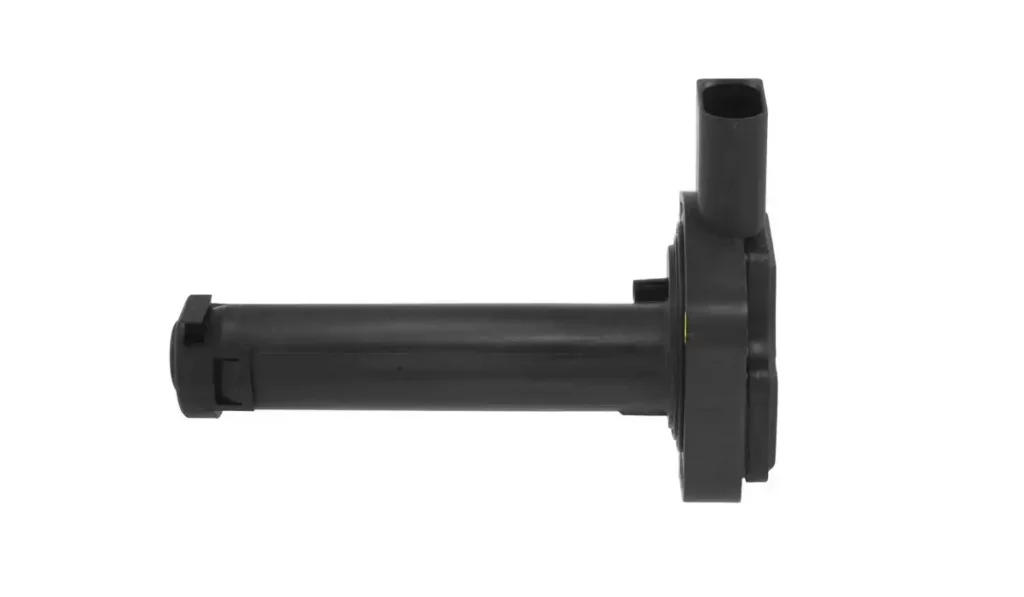
This section particularly explains the strategic and systematic steps to diagnose the 2E9F BMW Code. This systematic process not only aids in pinpointing the exact culprit but also streamlines the path toward restoring your BMW’s optimal performance, ushering in a smoother and more reliable driving experience.
Tools Required for Diagnosis
Diagnosing issues related to the oil condition sensor or any other car component typically involves using diagnostic tools. Here are some standard tools used for this process:
Scan Tool — A scan tool provides more advanced diagnostics and can access additional vehicle systems.
Flashlight — A simple tool but essential for inspecting components in poorly lit areas.
Multimeter — Used for electrical testing, a multimeter helps check voltage, resistance, and continuity, aiding in sensor diagnostics.
Wrenches and Sockets — Basic tools for removing and installing components during the diagnostic process.
Service Manual or Repair Information — Valuable for understanding the specific diagnostic procedures and specifications for the vehicle in question.
Step-by-Step Diagnostic Process
Here is what a step-by-step diagnostic process looks like after you have the specific scanners to read the systems of the BMW car.
Fault Code Reading
Initiate the diagnosis using an OBD-II scanner to retrieve the 2E9F BMW code and any additional codes that may offer contextual information about related issues.
Visual Inspection
Conduct a thorough visual examination of the oil condition sensor and its wiring. Look for visible signs of wear, corrosion, or loose connections that may contribute to sensor malfunctions.
Sensor Testing
Perform targeted tests to evaluate the functionality of the sensor. This includes assessing its ability to provide accurate readings and respond appropriately to changes in oil quality.
Oil Quality Check
An analysis of the oil’s overall health provides critical insights into the performance of the oil condition sensor. Look at the oil service records for the car, perhaps your BMW is due for an oil service. Follow the manufacturer’s recommended oil change intervals to keep your engine running efficiently.
Wiring Inspection
Dissect the wiring and connectors associated with the oil condition sensor. Look for potential issues like frayed wires, corrosion, or poor connections. Addressing these problems is paramount for ensuring a reliable electrical connection.
Clearing Codes
After addressing the identified issues, use the OBD-II scanner to clear the diagnostic trouble codes. Subsequently, monitor the system to check for any recurrence of the 2E9F BMW code, ensuring that the corrective measures have effectively resolved the problem.
Effective Solutions and Fixes For 2E9F BMW Code
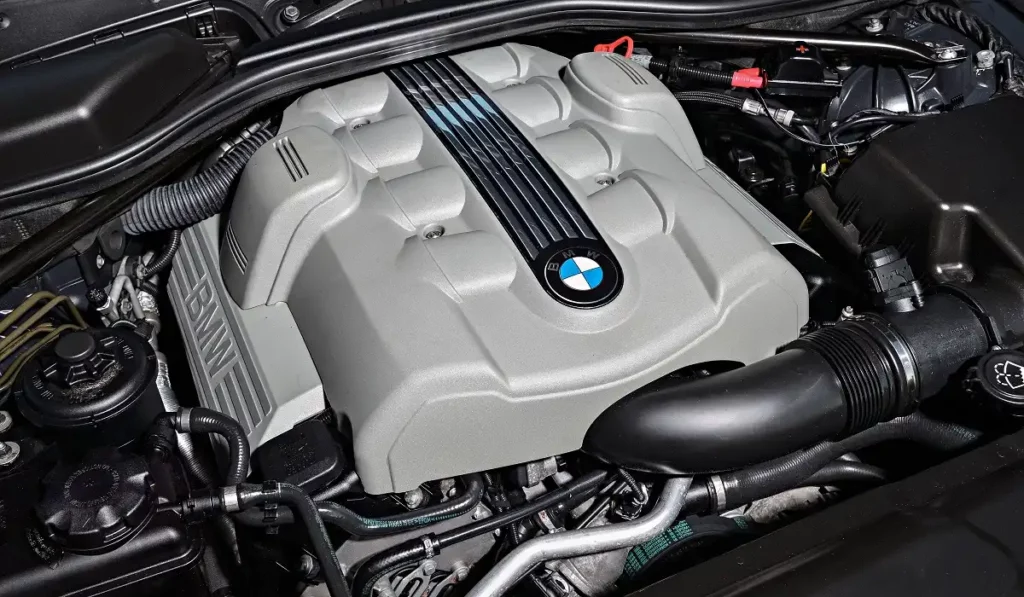
After going through all the causes, symptoms, and diagnostic steps, the final thing that remains is the effective solutions for the 2E9F BMW Code. This quest into effective fixes aims to streamline the troubleshooting process, offering a comprehensive guide to resolve the 2E9F BMW code. By implementing these solutions, you rectify the immediate concern and pave the way for your BMW’s sustained and reliable performance, ensuring a smoother journey ahead.
Ensuring Optimal Oil Quality
If the diagnostic process reveals concerns with oil quality, perform a comprehensive oil change using the manufacturer-recommended oil. Regular maintenance and adherence to recommended oil change intervals improve the engine’s longevity and the oil condition sensor. Find out which engine oil is right for your BMW by reading our comprehensive guide on BMW oil selection.
Addressing Wiring or Connection Problems
Repairing or replacing damaged wiring and connectors is essential for resolving issues related to poor connections. Ensuring a secure and reliable electrical connection is crucial for the oil condition sensor to function adequately.
Sensor Replacement
If the oil condition sensor is found to be faulty during the diagnostic process, replacement is often the most effective solution. Installing a new sensor ensures accurate readings and restores the functionality of the oil monitoring system.
How much does it cost to replace the BMW oil level sensor?
Parts range in price from $40 to $380, while labor expenses are projected to be between $162 and $205. This effectively takes the overall cost of the sensor to around $600, which also depends upon the overall health of the BMW car or if there are more issues to be resolved. This range does not account for your particular area or taxes and fees. It can also be necessary to make related repairs.
Implementing these solutions helps mitigate the problems associated with the 2E9F BMW Code, promoting reliable oil monitoring and sustaining optimal engine performance.
Fix the 2E9F BMW Code Using a Quality Oil Conditioning Sensor
Driving a BMW riddled with problems is an experience no one desires. Similarly, if you want your BMW to perform optimally, promptly addressing issues like a faulty oil condition sensor is crucial. By reaching this section, you’ve demonstrated an understanding of the steps to take when facing an oil condition sensor failure. This includes recognizing its symptoms, understanding the causes, and knowing the repair process.
Now, the final step is to choose the correct replacement parts. At Bimmers.com, we offer a diverse selection of genuine BMW, OEM, and top-quality aftermarket oil condition sensors specifically designed for your BMW model. Simply visit our store, select your vehicle type, and find the perfect oil condition sensor that guarantees a seamless fit and restores your BMW’s performance.

